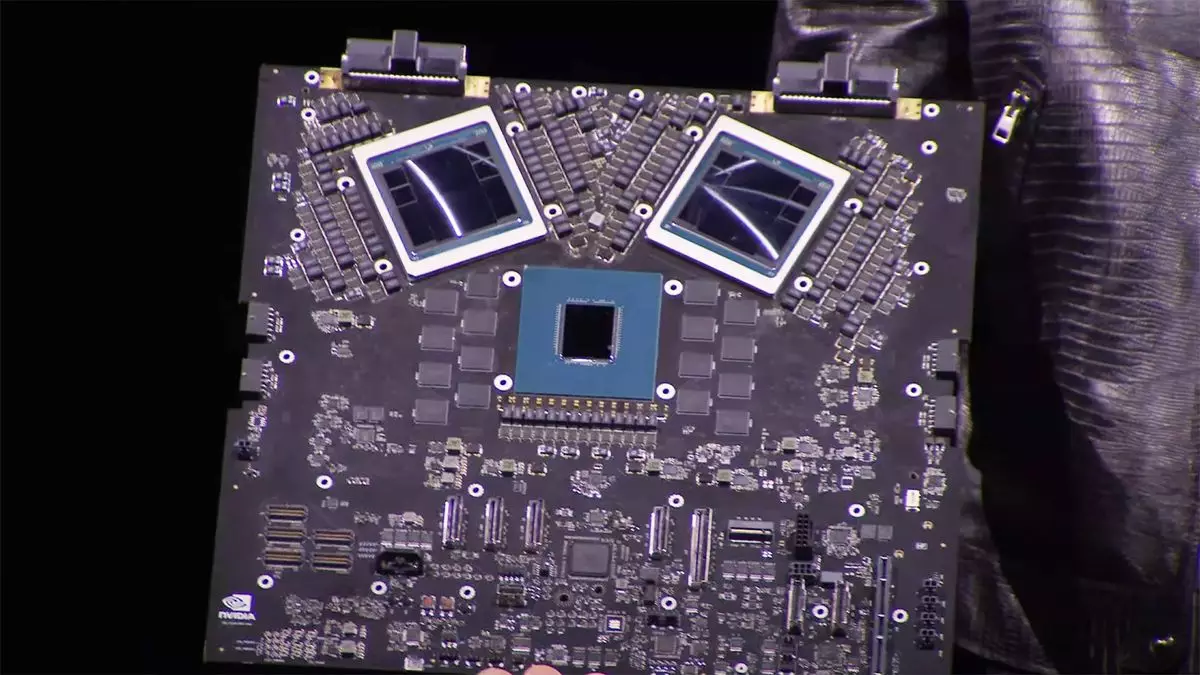In the rapidly evolving landscape of artificial intelligence, the ongoing shortage of graphics processing units (GPUs) has emerged as a critical concern, affecting even industry giants like OpenAI. Sam Altman, the CEO of OpenAI, recently took to social media platform X to shed light on this predicament, highlighting the complexity underlying GPU availability in 2025. His insights reveal not only the current challenges but also OpenAI’s proactive steps to contend with them.
Altman’s candid remarks reflect a struggle that many tech companies face today. The demand for high-performance GPUs continues to escalate, driven largely by advancements in AI and machine learning technologies. These components are vital for training complex models, yet the supply chain is strained under the weight of soaring demand. The current landscape is riddled with production halts of older card models and an inability to keep pace with the appetite for newer, more powerful hardware.
Specifically, OpenAI is in search of enterprise-grade GPUs, like those found in Nvidia’s DGX systems, which represent the pinnacle of performance necessary for the company’s ambitious projects. The acquisition of such specialized hardware appears relatively straightforward for Altman’s team, as anecdotal evidence suggests that OpenAI has previously enjoyed direct partnerships with Nvidia. For example, the exclusive delivery of the DGX H200 model by Nvidia’s CEO indicates a level of access not easily replicated in the broader market.
Amid these supply issues, OpenAI’s upcoming GPT-4.5 model is creating considerable buzz. Altman announced plans to add “tens of thousands” of GPUs to support the model’s rollout, revealing a tactical strategy to ensure that they can meet user expectations without compromising on performance. This approach indicates a desire to not only maintain but also accelerate growth, even in the face of material shortages.
Interestingly, Altman has expressed great enthusiasm for GPT-4.5, stating, “It is the first model that feels like talking to a thoughtful person to me.” His excitement underscores the potential impact this new model may have on user experience and interactions with AI. However, the tension between supply constraints and product demand highlights a broader issue in the tech industry: the challenge of rapidly scaling infrastructure amidst a fluctuating landscape.
In response to the challenges associated with GPU shortages, OpenAI is reportedly considering the development of its own AI chips. This move could signify a strategic pivot aimed at establishing independence from current suppliers like Nvidia, thus providing a more stable pipeline for the technological resources required to propel its ambitions. The initiative to develop proprietary hardware not only minimizes present dependencies but also reveals foresight into market dynamics and potential future disruptions.
This proactive strategy mirrors a growing trend among tech companies seeking to control their supply chains and insulate themselves from broader economic uncertainties. As AI applications proliferate, the need for customized hardware solutions will likely become even more pressing.
As OpenAI navigates its GPU drought, the company exemplifies the trials and tribulations faced by innovators in today’s tech landscape. The struggle for resources like GPUs reflects broader industry challenges, including supply chain disruptions and rapidly changing market demands. Yet, through calculated actions such as expanding GPU capacity and exploring in-house chip development, OpenAI is positioning itself for future success.
In the face of these hurdles, the anticipation for GPT-4.5 continues to grow. Altman’s expressions of pride serve as a reminder of the innovative potential held within AI technology—even amidst the logistical realities that might slow its momentum. As OpenAI seeks to refine its offerings and enhance user experiences, stakeholders and enthusiasts alike will watch closely to see how effectively it can turn these supply challenges into opportunities for growth and innovation.

